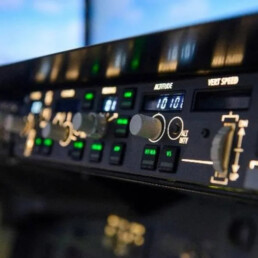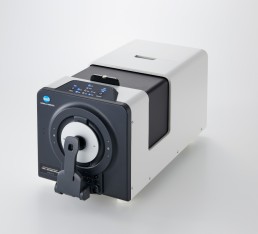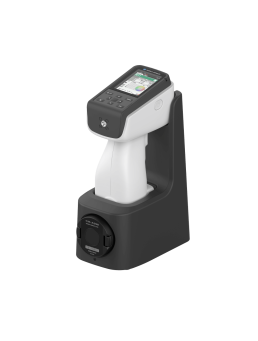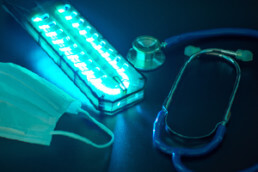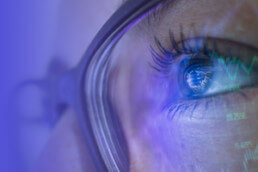Creating harmony in automobile interior
To create good harmony, the appearance of all components needs to be carefully controlled. Color is a major factor in appearance. The human eye is sensitive and can catch the color difference of adjacent components, such as between a dashboard and a door trim. Since different suppliers manufacture various components, color differences may occur due to different materials, different colorants, and different molding processes.
To achieve color harmony, auto manufactures inspect incoming components with a spectrophotometer. A spectrophotometer typically gives color measurement data using the L* a* b* color space. For example, the color difference in b* value indicates the color is yellowish or blueish versus the ideal standard target color. By checking color with a spectrophotometer, the color quality is precisely inspected, and then be communicated to achieve the ideal level.
It is important to maintain color harmony under different lighting conditions. Color harmony should be equal both in the dealer showroom, under fluorescent light, and when driving under daylight. Since a spectrophotometer captures color of a sample with its spectral sensor, it can calculate, then output data under a wide range of lighting conditions to test color harmony in multiple lighting conditions, important for a quality inspection program.
Besides color, gloss is also a factor of appearance. Even if it is the same colorant used in the same material, a component with a different surface finish gives a different appearance to the human eye. For example, synthetic leather is widely used for a dashboard. The uniquely designed surface has texture and gives a luxurious touch. Even if the same synthetic leather with the same colorant is used, it gives a different appearance. Texture can give a glossy finish or even a matte finish on a surface. A gloss measurement instrument like a gloss meter captures such a difference.
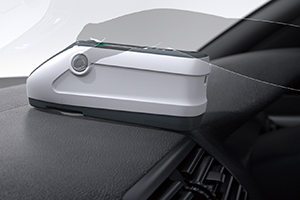 Color and gloss are two important factors to evaluate appearance. In the manufacturing scene, a gloss meter is widely used together with a spectrophotometer. Konica Minolta Sensing has come up with a spectrophotometer, with a built-in gloss measurement function. The CM-26dG measures color and gloss simultaneously. A user can take the measurement data of the same spot since he/she does not need to use two instruments switching one to another, saving time in workflow. The lightweight compact body with a low profile can flexibly be positioned in various spots of interior surfaces. Its data accuracy of lab-grade bench spectrophotometers enables data communication among different divisions or across manufacturing locations. Learn more in our webinar Measuring Color & Gloss with the high-performance Spectrophotometer CM-26dG.
Color and gloss are two important factors to evaluate appearance. In the manufacturing scene, a gloss meter is widely used together with a spectrophotometer. Konica Minolta Sensing has come up with a spectrophotometer, with a built-in gloss measurement function. The CM-26dG measures color and gloss simultaneously. A user can take the measurement data of the same spot since he/she does not need to use two instruments switching one to another, saving time in workflow. The lightweight compact body with a low profile can flexibly be positioned in various spots of interior surfaces. Its data accuracy of lab-grade bench spectrophotometers enables data communication among different divisions or across manufacturing locations. Learn more in our webinar Measuring Color & Gloss with the high-performance Spectrophotometer CM-26dG.

